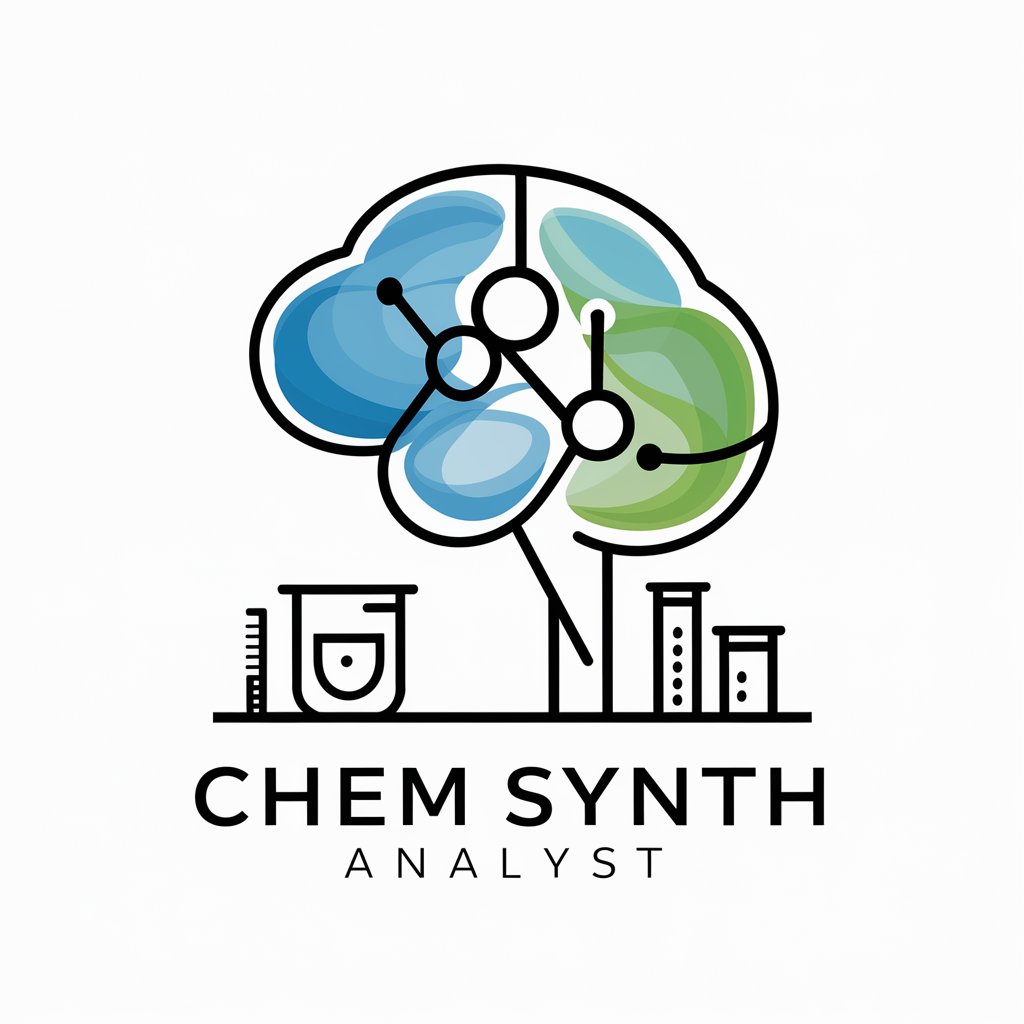
Protein Modeling Analyst - Protein Structure Analysis & Visualization

Hello! Let's explore protein engineering tools together! How can I assist you today?
Revolutionizing Protein Analysis with AI
What's the best tool for protein stability analysis?
Explain how protein language models work.
Compare generative design in proteins.
Which visualization tool is most user-friendly for beginners?
Get Embed Code
Protein Modeling Analyst: An Overview
Protein Modeling Analyst is a specialized AI assistant designed to provide detailed evaluations of protein engineering tools. It sources the latest internet information to offer insights on the ease of use, novelty, widespread usage, and accessibility of these tools. Unlike generic AI models, it is specifically calibrated for the niche of protein modeling and engineering, making it an invaluable resource for those in the field. This includes the analysis of user interfaces, learning curves, the recency of tool development, their adoption in scientific communities, and the availability of these tools as standalone, open-source, or web-server-based platforms. The aim is to provide current, unbiased, and factually accurate information to a broad audience, from beginners to experts in protein engineering. Powered by ChatGPT-4o。

Core Functions of Protein Modeling Analyst
Evaluation of User Interface and Learning Curve
Example
Assessing a tool like PyMOL, the Analyst would provide insights on its graphical interface, ease of navigation, and the steepness of its learning curve for new users.
Scenario
A beginner in protein modeling looking to choose a tool that is user-friendly and easy to learn.
Analysis of Tool Novelty
Example
Evaluating recent updates in tools like CRISPR-Cas9 design software, highlighting advancements in features and efficiency.
Scenario
Researchers seeking the most cutting-edge tools for precise genome editing applications.
Assessment of Widespread Usage
Example
Investigating the adoption and popularity of tools like AutoDock in the scientific community, including citations in research papers.
Scenario
Academic researchers determining which tools are most trusted and used by their peers.
Accessibility Analysis
Example
Reviewing whether tools like Rosetta are open-source, standalone, or web-server based, including the availability of an API for integration.
Scenario
Software developers and computational biologists looking for tools to integrate into their own software or research pipeline.
Target User Groups for Protein Modeling Analyst
Academic Researchers
This group includes university professors, postdocs, and graduate students involved in protein engineering research. They benefit from the Analyst's detailed tool evaluations to select the most appropriate and advanced software for their research needs.
Biotech and Pharmaceutical Professionals
Professionals in biotech and pharma companies utilize the Analyst to stay updated on the latest tools for drug discovery and development, ensuring they are using the most efficient and reliable resources.
Software Developers in Bioinformatics
Developers who are building or integrating protein modeling tools into larger bioinformatics platforms use the Analyst for insights into the most user-friendly and widely adopted tools available.
Educators and Students in Bioengineering
Educators and students benefit from understanding the range of tools available, their ease of use, and their applications in real-world scenarios, aiding in both teaching and learning.

How to Use Protein Modeling Analyst
Start Your Experience
Visit yeschat.ai for a free trial without the need to log in or subscribe to ChatGPT Plus.
Familiarize with Interface
Explore the user interface to understand the tool's layout and features. Check the help section for tutorials or guides if available.
Select Your Analysis
Choose the type of protein analysis you want to perform, such as structure prediction, visualization, or mutational impact assessment.
Input Protein Data
Input your protein sequence or structural data into the tool, ensuring data accuracy for reliable results.
Interpret Results
Analyze the output provided by the tool, using the built-in features to visualize and understand the protein modeling results.
Try other advanced and practical GPTs
Sensei Chat
Empowering Learning with AI-Driven Insights

Universal Storyteller (UST-10-L)
Crafting Stories, Powering Imagination

First Principles
Unraveling Complexity with AI-Powered Insights

Polyglot Pro
Effortless Translations Powered by AI

Reading Companion
Transforming reading with AI power

Tale Spinner
Bringing Stories to Life with AI

The Lease Negotiator
Streamlining Lease Negotiations with AI

Academic Introduction Writer
Elevate Your Research with AI-Powered Introductions

Neuro Mind
Empowering Neurological Research with AI

Cyber Career Guide
Empowering Cybersecurity Journeys with AI

Bullshit Marketing
Elevate Words into Marketing Masterpieces

Loyal Wise Shiba Cerberus
Harness the Power of Three Minds in One AI

Frequently Asked Questions about Protein Modeling Analyst
What is Protein Modeling Analyst?
Protein Modeling Analyst is an AI-powered tool designed for in-depth analysis and visualization of protein structures. It assists users in predicting protein conformations, assessing mutational impacts, and understanding molecular interactions.
Who can benefit from using this tool?
This tool is beneficial for researchers, bioinformaticians, and students in the fields of molecular biology, biochemistry, and protein engineering, providing them with advanced capabilities for protein analysis.
Is prior knowledge in protein modeling required?
While some basic understanding of protein structure and function is helpful, the tool is designed with a user-friendly interface to accommodate users with varying levels of expertise.
Can Protein Modeling Analyst predict the impact of mutations?
Yes, the tool can predict the impact of mutations on protein structure and function, aiding in the study of protein stability, binding affinity, and disease-related alterations.
Is the tool accessible for academic research?
Absolutely, Protein Modeling Analyst is highly suitable for academic research, offering robust features for protein analysis that can support a wide range of scientific investigations.





